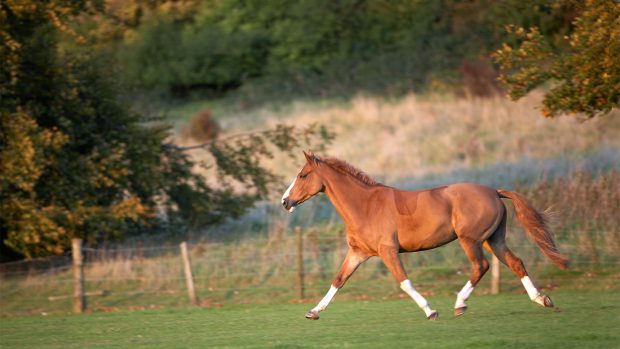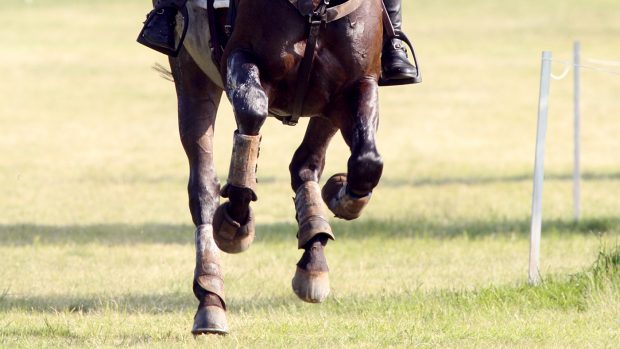A treatment has now become available with a completely novel approach to combatting the disease process of osteoarthritis (OA) in horses.
The product is known as an autologous conditioned serum. It is new because it uses factors taken from the horse itself to affect the joint. There is only one brand of serum (IRAP) on the market in the UK at present.
Despite the fact that further tests need to be done to assess why it works and what its long-term possibilities may be, it is finding favour with vets for a variety of cases.
It has raised interest where other current treatments, such as Bute and corticosteroids, may not be used due to rules of medication during competition.
Although its effects use natural proteins produced by the horses own cells, its use in competition, where doping rules exist, is currently unclear, although its use in such circumstances appears to be increasing.
As it uses the horses own cells, it is not technically classed as a medicine. As a result, there is a lack of hard data on either the benefits of its administration or when this therapy should be used.
How does it work?
Your vet will take a blood sample from the horse into a syringe that contains specially treated beads. These beads have an effect on white blood cells, causing them to release a range of natural proteins likely to be beneficial to a joint suffering from OA.
The blood sample is incubated for 24hr to ensure that as much of the relevant protein is produced as possible, then all the cells are removed by centrifugation and the liquid (serum) removed and stored.
This serum can be injected into affected joints as a treatment of OA. Generally, treatment is given at one- to two-week intervals, for a number of treatments. One blood sample yields enough serum for several treatments, hence it is possible for unused serum to be frozen and used in the future.
The benefit of this serum in the treatment of OA is still uncertain. The specific proteins produced by the cells is still unclear in the horse, although work in humans does suggest that those produced are likely to be beneficial if they are injected into a diseased joint.
In particular, these proteins should have an effect on the internal damage that is a feature of many joint diseases. A recent study performed in the USA identified that horses with OA treated with this product showed no adverse reactions and that lameness improved.
Furthermore, this study demonstrated some beneficial effects on the microscopic appearance of the joint.
Many questions remain. We do not know what types of OA may improve through this treatment, although it is true that the earlier it is started, the more likely it is to be beneficial. We also await good evidence of what is the actual effect of this treatment on horses joints in natural disease.
This text formed part of a veterinary feature about osteoarthritis, which was first published in Horse & Hound (5 April, ’07)



